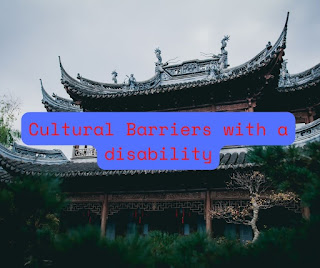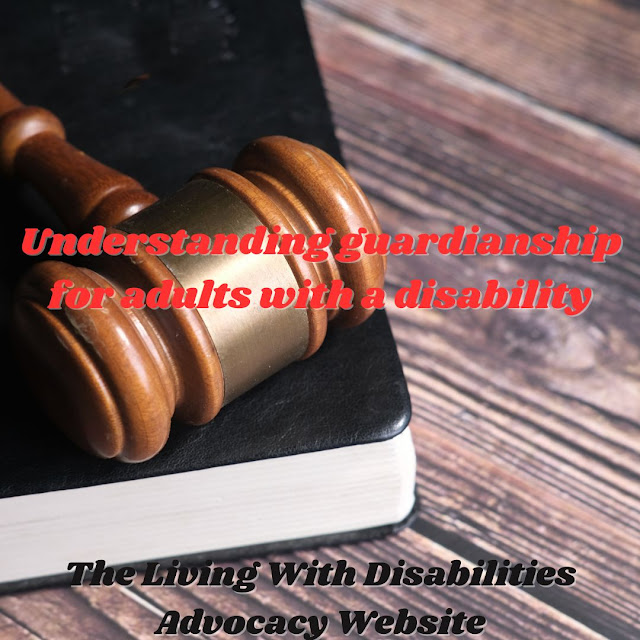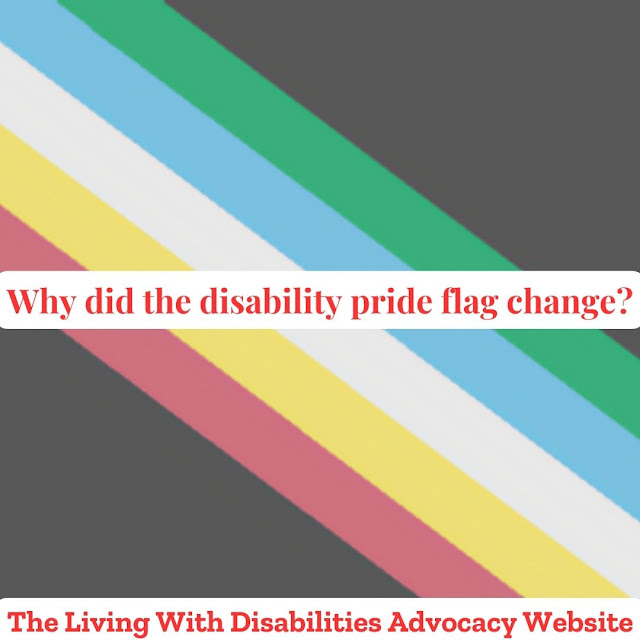Cultural Barriers with a disability
First, welcome to the Living With Disabilities Advocacy Website. It's run by none other than Katrina Smith, a person with a learning disability. Her mission behind Living With Disabilities is to bring awareness to all people with disabilities.
Today, Living With Disabilities wants to talk about cultural barriers with a disability.
How is a disability perceived in different cultures?
Different cultures have separate outlooks on the cause of a disability. Some openly combine their beliefs with traditional beliefs and biological models, for instance, disease degeneration and dysfunction.
In Mexico, Haiti, and Latin American Culture, a child born with a disability is seen as a curse as a result of the mother or family.
In Southeast Asia culture, they believe having a developmental disability is caused by mistakes or ancestors.
Indians believe that having a disability has multiple causes, ranging from medication or illness during pregnancy to physiological injury in the mother and lack of stimulation for the baby.
In other cultures, the will of their religion, Allah, God, Karma, evil, black magic, or punishment, prevails.
How to overcome cultural barriers?
To overcome the challenges of path inclusion and accessibility, incapable facilities, technology, foundation, and services. Start with advocating for yourself, and build your team of people who have the same goal in mind. Advocate for what you need.
Living With Disabilities wants to let you know that, your disability is not a bad thing. Take your disability and use it to inspire others because there is nothing wrong with having one. To make it sound even better think of it as a superpower.
Be a Warrior and show your strength cause it's all you have.
https://anchor.fm/livingwithdisabilites/episodes/Cultural-Barriers-with-a-disability-e1cmn9k




Comments
Post a Comment